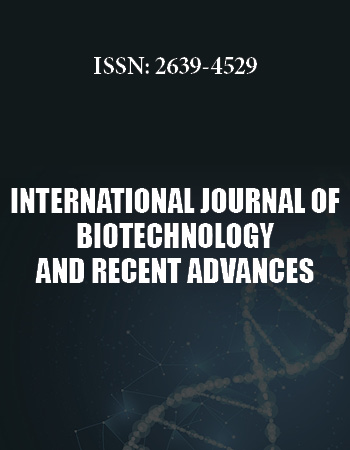European Microbiology Research Conference
December 3-4, 2018 Valencia, Spain
Genomic and Metagenomic Insights into the Microbial Community of a Thermal Spring
University of Trento, Italy
Water springs provide important ecosystem services including drinking water supply, recreation and balneotherapy, but their microbial communities remain largely unknown. In this study we characterized the spring water microbiome of ComanoTerme (Italy) at four sampling points of the thermal spa, including natural (spring and well) and human built (storage tank, bathtubs) environments. We integrated large-scale culturing and metagenomics approaches, with the aim of comprehensively determining the spring water taxonomic composition and functional potential.
The groundwater feeding the spring hosted the most atypical microbiome, including many taxa known to be recalcitrant to cultivation. The core microbiome included the orders Sphingomonadales, Rhizobiales, Caulobacterales and the families Bradyrhizobiaceae and Moraxellaceae. A comparative genomic analysis of 72 isolates and 30 metagenome-assembled genomes (MAGs) revealed that most isolates and MAGs belonged to new species or higher taxonomic ranks widely distributed in the microbial tree of life. Average Nucleotide Identity (ANI) values calculated for each isolated or assembled genome showed that 10 genomes belonged to known bacterial species (>95% ANI), 36 genomes (including 1 MAG) had ANI values ranging 85-92.5% and could be assigned as undescribed species belonging to known genera, while the remaining 55 genomes had lower ANI values (<85%). A number of functional features were significantly over- or under- represented in genomes derived from the four sampling sites. Functional specialization was found between sites, with for example methanogenesis being unique to groundwater whereas methanotrophy was found in all samples.
Current knowledge on aquatic microbiomes is essentially based on surface or human associated environments. We started uncovering the spring water microbiome, highlighting an unexpected diversity that should be further investigated. This study confirms that groundwater environments host highly adapted, stable microbial communities composed of many unknown taxa, even among the culturable fraction.


